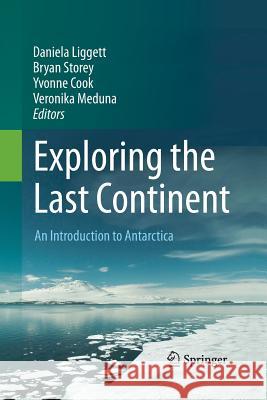Exploring the Last Continent: An Introduction to Antarctica » książka
topmenu
Exploring the Last Continent: An Introduction to Antarctica
ISBN-13: 9783319345673 / Angielski / Miękka / 2016 / 597 str.
Kategorie:
Kategorie BISAC:
Wydawca:
Springer
Język:
Angielski
ISBN-13:
9783319345673
Rok wydania:
2016
Wydanie:
Softcover Repri
Ilość stron:
597
Waga:
0.83 kg
Wymiary:
23.39 x 15.6 x 3.12
Oprawa:
Miękka
Wolumenów:
01
Dodatkowe informacje:
Wydanie ilustrowane











